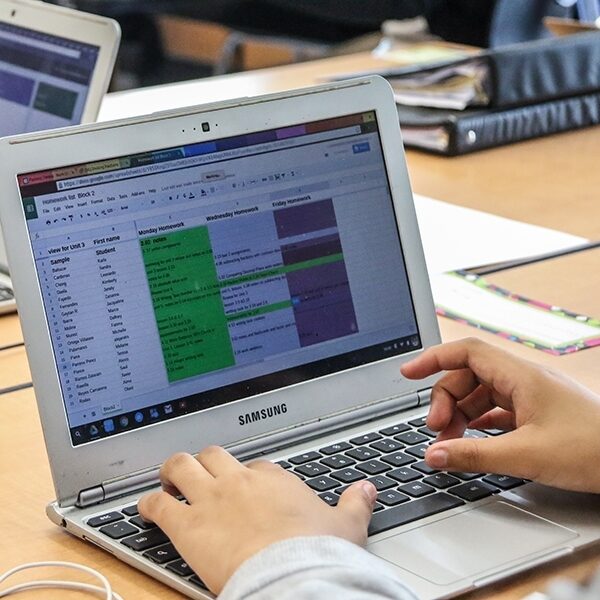
As we described in the first post in our work culture series, The Learning Accelerator is a small, remote-first organization with a team of 12 people stretched over four time zones and eight states. Much of the work of our internal Operations team and our Happiness sub-team is focused on ensuring we have structures, processes, and rituals in place to push our work forward and achieve our mission. We want to do a this as a healthy, happy, and collaborative team.
This blog series aims at sharing some of our learnings about those structures, processes, and rituals that make us a high-functioning remote team. In this post, I’ll describe how we designed a number of tools to help us enable our team success, with a focus on information sharing, clarity around decision-making, and accountability.
About a year ago, my colleague Ellie Avishai and I started working together to make sense of some of the issues our team was experiencing. Our work was shifting to become more collaborative in nature, and we were operating remotely at a very fast pace. We wanted to better understand our team’s challenges and then, in partnership with the team, strategize and design some of new solutions.
Our diagnostic approach was aimed at understanding the extent to which TLA’s working structures, processes, and norms modeled those of high-functioning, collaborative teams. We carried out individual interviews and conducted a survey across our entire team to collect information and insights from our colleagues. With that information in hand, we ran a workshop aimed at reflecting together on team strengths (high levels of psychological safety, dedication to a compelling and challenging organizational mission, and clarity about roles, tasks, and contributions) and identify, as a group, our areas of growth. As a result of this data-supported conversation, team members set specific common goals: developing clearer systems and structures for information-sharing, decision-making, and feedback; and making sure those systems/structures work well for the team.
Based on those goals and on the problems we were trying to solve, we created a set of tests for new processes or structures the team could experience and subsequently provide feedback on. We wanted to strike a balance between making changes that were disruptive enough to be useful, but not so disruptive as to feel overwhelming or hindering to the team’s work.
We ended up with three new systems to test, aimed at solving different issues:
- How do we help members of a virtual team stay informed about each other’s work?
To solve this issue, we created a Project Map: a central repository of all key team projects that provides concise information about the project lead, project milestones, other team members involved, projected timeframe, and the project’s connection to the organizational strategy. This project map also creates a centralized space for short project updates so that all members of the team can track the progress of different projects over time.
2. How can we ensure consistency across our work projects, and clarity around roles and expectations from day one?
The Pre-Project Toolkit aims at clarifying guidelines for launching and communicating about new projects. The toolkit includes a set of unified expectations for what project leads will make available to the rest of the team (e.g., a one-pager that gives an overview of the project to enable others on the team to be accurate when communicating externally about the project), as well as a set of optional tools to help project leads clarify decision-making structures and set project goals (e.g., a protocol for a Before Action Review and an After Action Review).
3. How do we help team members continue to push themselves to grow and develop professionally?
The Accountability Partners system offers a more formal structure to solicit feedback and support for personal and professional goals. This system tests the hypothesis that if team members are actively responsible for the growth of others, in addition to their own, it could have spillover effects across the team – even for people who are not formal partners.
We’ve been testing these processes over the last six months and collecting feedback from our team. Of course these processes, once put into place, will not remain stagnant. We will continue to make improvements as we solicit feedback about what does and doesn’t work from the team.
Working remotely can be challenging, and it is even more challenging to ensure the team is collaborating effectively to produce high-quality work. If you are interested in seeing full-scale examples of the tools mentioned in this blog post, I welcome you to email me.
How does your team tackle issues of information sharing, decision-making, and accountability? We’d love to hear your approaches!

